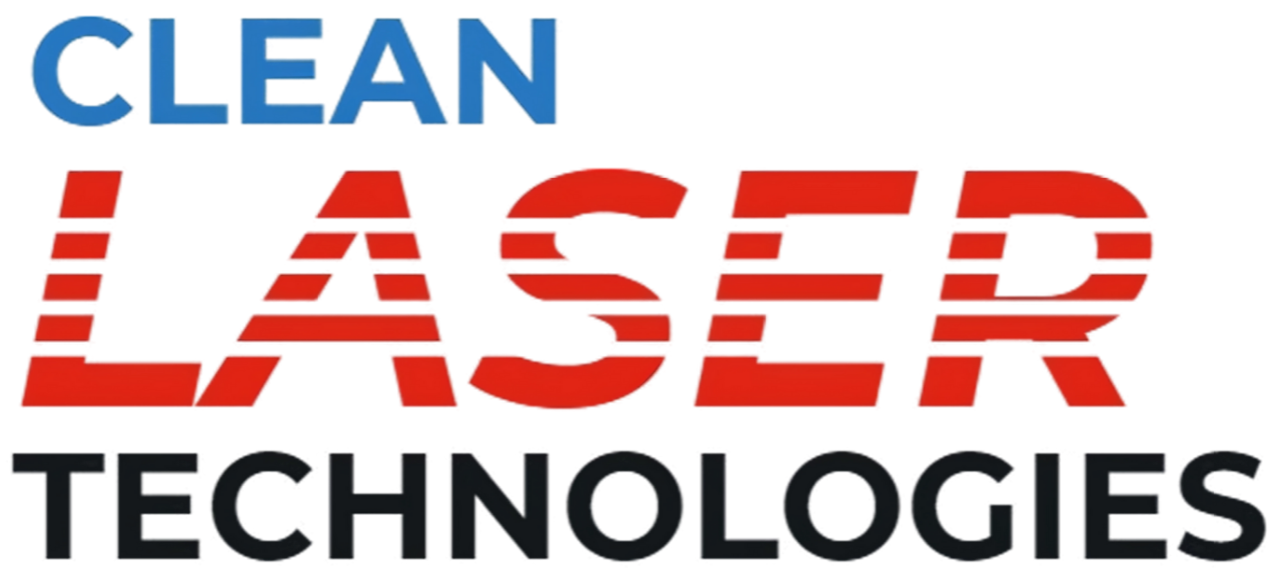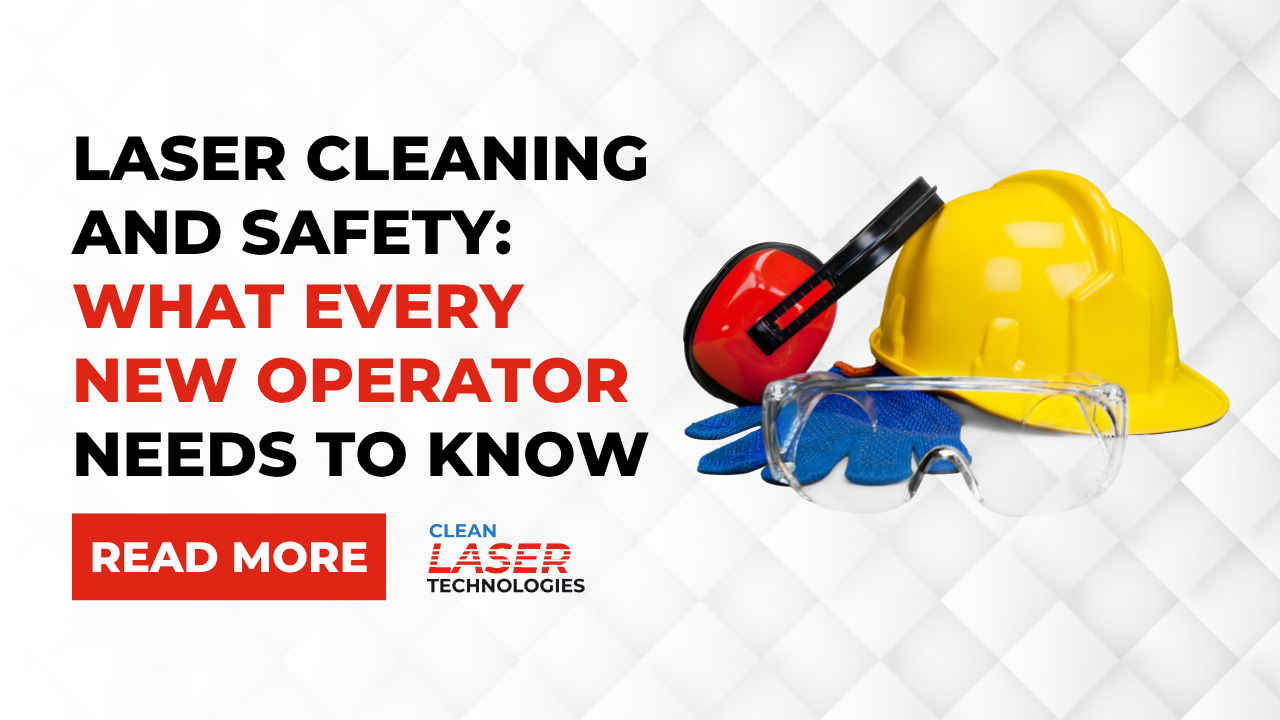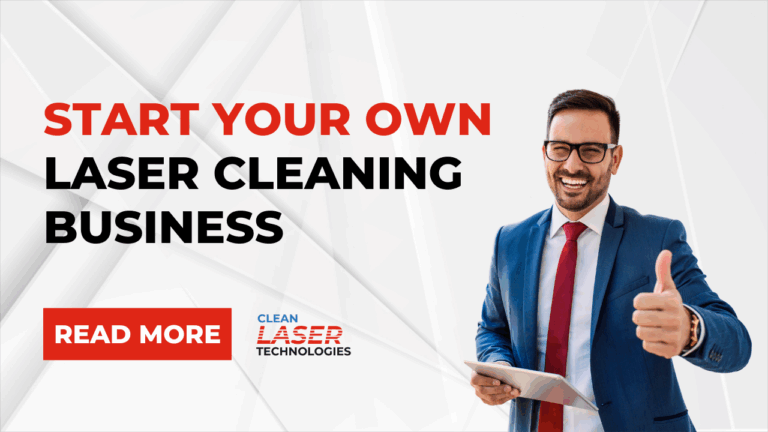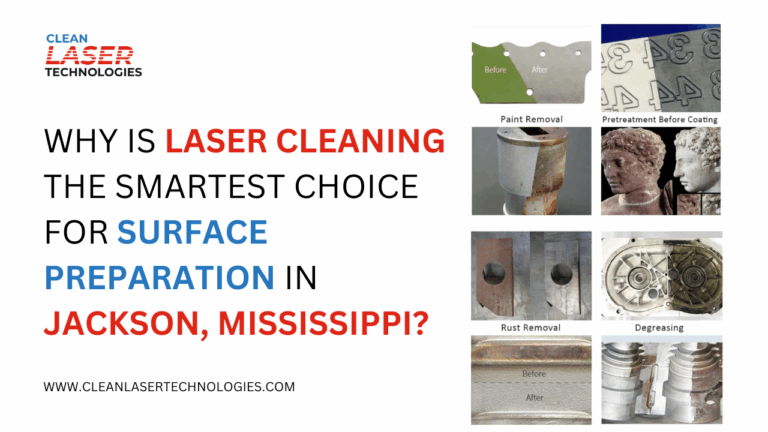As laser cleaning becomes more popular across industries, many professionals are drawn to its efficiency, eco-friendly nature, and precision. But before you start operating a high-power laser cleaner, understanding laser cleaning safety is absolutely critical.
Whether you’re using a fiber laser cleaning system for rust removal, paint stripping, or delicate surface preparation, safety isn’t optional & it’s part of the job. In this laser cleaning safety guide, we’ll cover what every new operator needs to know to stay compliant, protect equipment, and work confidently.
Why Safety Matters in Laser Cleaning?
Laser cleaning is one of the most advanced and non-toxic industrial cleaning methods available today. It removes rust, oil, coatings, and contaminants from metal and other surfaces without chemicals, abrasives, or physical contact.
But behind its clean results lies powerful technology. Most commercial laser cleaning machines operate at wattages between 1000W and 3000W, which means improper use can cause injuries or equipment damage.
As a laser cleaning operator, following safety procedures protects:
- You and your team from accidental exposure
- The material being cleaned from heat damage
- Your laser equipment from unnecessary wear or errors
- Your business from fines, downtime, and reputation risks
Top Safety Features of Modern Laser Cleaning Machines
Most professional-grade laser rust removal machines come equipped with built-in safety mechanisms, such as:
- Emergency stop buttons
- Protective laser enclosures or shielding
- Laser interlocks to prevent accidental exposure
- Smart power controls and beam adjustment tools
- Cooling systems to prevent overheating
- Auto shutoff sensors in case of malfunction
But even with the best equipment, human training and awareness are the foundation of safe operation.
Laser Cleaning Safety Guidelines for New Operators
1. Wear Proper Laser Safety Gear
Personal protective equipment (PPE) is a must. You should wear:
- Laser safety glasses rated for the exact wavelength of your machine
- Heat-resistant gloves if working with metal components
- Face shields or goggles for splash or debris zones (in rare cases)
- Protective clothing to minimize skin exposure
Never operate a laser system without approved eyewear, as even a fraction of stray beam reflection can damage your vision permanently.
2. Use the Right Environment
Operate your laser cleaner in a well-ventilated, controlled area. While laser cleaning is a non-toxic method, some materials (like coated metals or grease) may emit vapor or particles when vaporized. Use:
- Fume extractors or air filters near the cleaning zone
- Non-reflective surfaces around the work area to prevent beam bounce
- Proper signage and barriers to alert others nearby
3. Secure the Workpiece and Machine
Stabilize both your laser cleaning equipment and the object being cleaned. Movement during operation can:
- Distort the beam focus
- Lead to overheating or inconsistent results
- Create unsafe angles of reflection
Always ensure your machine is on a flat surface and your material is clamped or secured safely.
4. Know Your Beam Parameters
Understanding your machine’s beam intensity, frequency, and scan pattern is essential for both safe rust removal and protecting the base material. If you’re cleaning thin or sensitive surfaces, use:
- Lower power settings
- Pulsed-wave configurations for better heat control
- Slower scanning speeds to prevent overburn
Fiber laser cleaning systems offer precise control, but only if you’re trained in how to use them.
5. Follow Startup and Shutdown Procedures
Laser systems should always be started and shut down according to the manufacturer’s guidelines. This includes:
- Checking cable connections
- Allowing warm-up/cool-down periods
- Powering off the laser module before disconnection
- Cleaning lenses and inspecting nozzles regularly
Skipping these steps can shorten your equipment’s lifespan and increase risk.
6. Train Every Operator Thoroughly
No one should operate a high-power laser cleaner without formal training. A basic orientation includes:
- Laser safety certification
- Hands-on practice under supervision
- Material-specific cleaning knowledge
- Proper use of attachments and accessories
Clean Laser Technologies provides comprehensive operator training with every machine we sell & ensuring your team is prepared to operate safely from day one.
The Safe and Smart Way to Clean
Laser cleaning is revolutionizing how industries remove contaminants and prepare surfaces. But like any advanced technology, it must be used responsibly.
By following these guidelines and investing in the right equipment and training, you can take full advantage of this non-toxic, non-abrasive, eco-friendly cleaning method & while protecting your people, materials, and brand.
Need Help Getting Started?
At Clean Laser Technologies, we supply high-power laser cleaning systems along with full safety training and lifetime support. Whether you’re cleaning metal components, preparing surfaces for welding, or starting a laser rust removal service, our expert team will guide you every step of the way.




